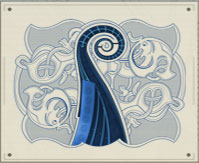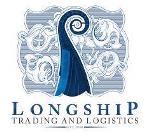Product classification is the act of organising products based on certain characteristics. The exporter is responsible for the correct classification of products. If products are not classified correctly, it can become a legal matter, so it is important to double check the products classification. Here are a few tips when it comes to product classification:
Class
Different countries have different classifications that must be followed but in South Africa product classification is organised by Nice Classification. The Nice Classification has 45 classes. These classes are separated into two categories; goods and services. Goods are from class 1 – 34 and services are from class 35 – 45. Different products and services fall into each class. It is important for exporters to check which class their product fits into in order to have the correct product classification. There is a class for every product, from chemicals to cars and legal services. Each product has an individual code. These codes are a legal requirement for every product.
Consumer and Business Products
Basic product classification splits the products into categories of consumer or business products. Consumer goods are those that focus on shopping habits or durability while business products are industrial goods. Shopping goods are based on shopping, convenience and unsought goods. Shopping is focussed on infrequent purchases such as clothes, convenience is the daily or weekly purchase such as groceries and unsought goods refer to goods that aren’t bought very often. On the other hand, materials, parts and supplies – wood, tyres and paper – are industrial goods.
There are steps that need to be taken in order to ensure your product classification is faultless. Categories classes and codes are important elements in the product classification process. Take the time to ensure that your product will get from A to point B with ease.


